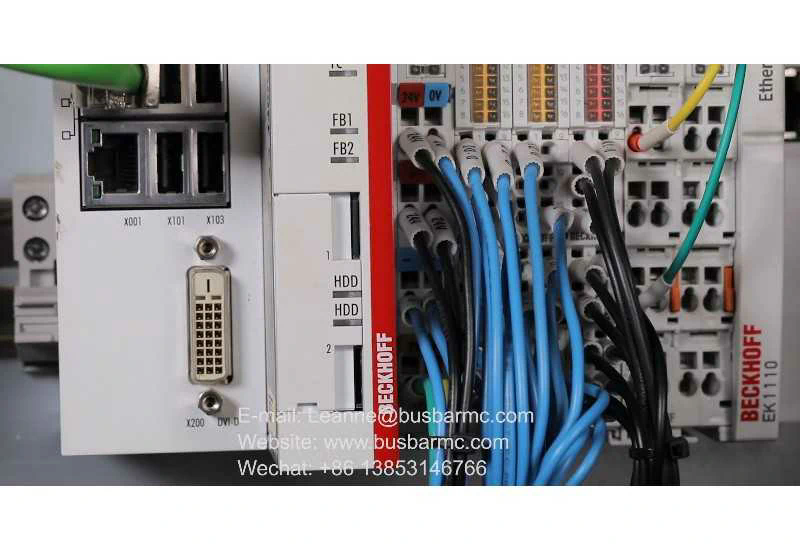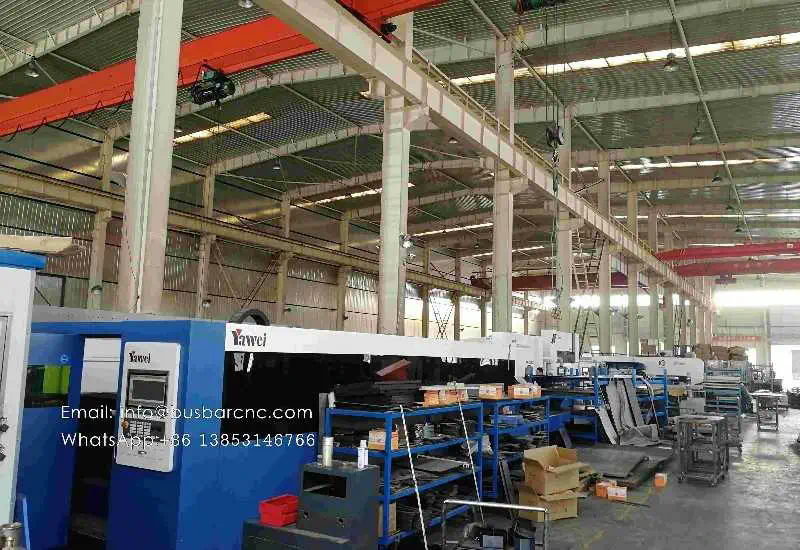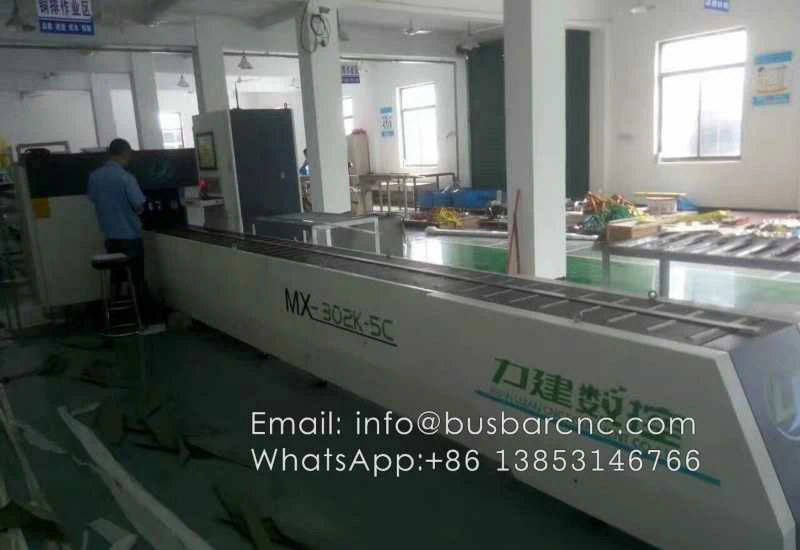Busbar punching, bending, and cutting machines play a crucial role in the electrical industry by providing efficient and precise manufacturing solutions for busbars, which are essential components for power distribution systems. These machines are designed to handle the intricate process of shaping and modifying busbars to meet specific requirements, ensuring optimal performance and safety in electrical installations. In this article, we will delve into the intricacies of busbar punching, bending, and cutting machines, exploring their functions, features, and importance in the electrical engineering field.
Busbar punching machines are specialized tools busbar bender that are used to create holes and cutouts in busbars for various purposes. These machines utilize hydraulic or mechanical punching mechanisms to accurately pierce through the conductive material, allowing for the installation of connectors, fasteners, and other components. The ability to punch holes in specific locations and sizes is crucial for ensuring proper alignment and connectivity in electrical panels and switchgear assemblies.

The Functionality of Busbar Punching Machines
Busbar punching machines are equipped with multiple punching heads and dies that can be adjusted to accommodate different busbar sizes and configurations. These machines are capable of handling copper, aluminum, and steel busbars with varying thicknesses, providing flexibility in design and construction. The precision and repeatability of the punching process ensure consistent results and minimize errors in busbar fabrication.
The Versatility of Busbar Bending Machines

In addition to punching, busbar bending machines are essential for shaping busbars into required configurations, such as angles, curves, and bends. These machines utilize bending tools and dies to apply controlled force and deformation to the busbar material, allowing for accurate and uniform bending without causing damage or distortion. The ability to create complex bends and shapes is crucial for adapting busbars to fit specific layouts and spatial constraints in electrical enclosures.
The Importance of Busbar Cutting Machines
Busbar cutting machines are designed to accurately cut busbars to desired lengths and dimensions, ensuring precise trimming and finishing for assembly and installation. These machines employ cutting blades or shearing mechanisms to cleanly sever the busbar material without causing burrs or deformations, resulting in smooth and straight edges that facilitate connections and terminations. The ability to cut busbars with speed and accuracy is vital for streamlining production processes and maintaining quality standards.
The Integration of Punching, Bending, and Cutting Functions
Many modern busbar processing machines are equipped with integrated punching, bending, and cutting functions to provide comprehensive solutions for busbar fabrication. These multi-functional machines offer versatility and efficiency by combining multiple operations in a single workflow, reducing setup time and labor costs while improving overall productivity. The seamless integration of punching, bending, and cutting capabilities enables manufacturers to produce high-quality busbars with precision and consistency.
The Advancements in Busbar Processing Technology
Recent advancements in busbar processing technology have introduced automation, robotics, and digital control systems to enhance the efficiency and accuracy of busbar punching, bending, and cutting machines. Automated loading and unloading systems, robotic arms, and CNC controls enable faster setup times, higher throughput, and improved accuracy in busbar fabrication processes. The integration of software programming and real-time monitoring capabilities allows for customization, optimization, and quality assurance in busbar production.
The Benefits of Busbar Punching, Bending, and Cutting Machines
Busbar punching, bending, and cutting machines offer numerous benefits to manufacturers and electrical engineers, including:
– Increased productivity and efficiency in busbar fabrication processes
– Improved accuracy and consistency in hole punching, bending, and cutting operations
– Enhanced flexibility and customization options for busbar designs and configurations
– Reduced labor costs and material waste through automated and precise machining
– Streamlined production workflows and faster turnaround times for busbar orders
– Higher quality and reliability in busbar products for electrical installations and systems
The Future of Busbar Processing Technology

Looking ahead, the future of busbar processing technology is likely to focus on further automation, integration, and digitalization to meet the demands of the evolving electrical industry. Advancements in artificial intelligence, machine learning, and IoT connectivity may revolutionize busbar manufacturing processes, enabling predictive maintenance, remote monitoring, and data-driven insights for continuous improvement. The integration of smart technologies and Industry 4.0 principles will drive innovation and efficiency in busbar processing equipment, shaping the future of electrical engineering and power distribution systems.
In conclusion, busbar punching, bending, and cutting machines play a critical role in the manufacturing of busbars for electrical applications, providing precision, efficiency, and reliability in shaping conductive materials. These machines offer a wide range of functions and features that enable manufacturers to produce high-quality busbars with accuracy and consistency. As technology advances and industry demands evolve, busbar processing equipment will continue to innovate and adapt to meet the needs of the electrical engineering sector, driving progress and excellence in power distribution systems worldwide.
